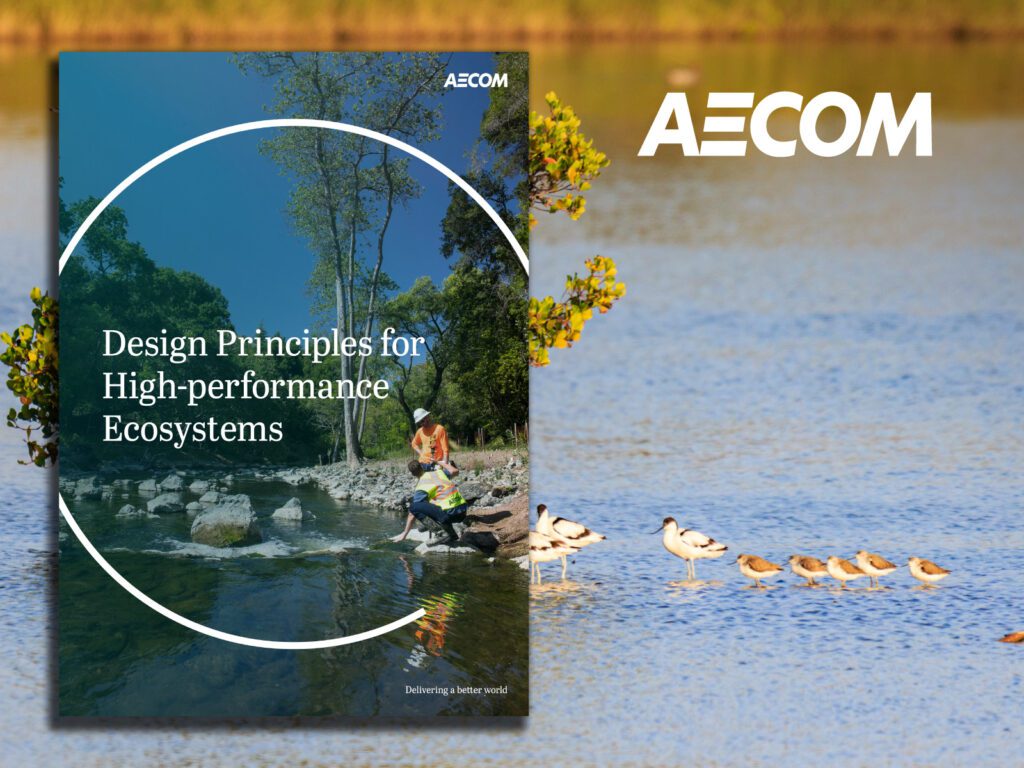
In the face of escalating climate crisis and biodiversity loss, the publication “Design Principles for High Performance Ecosystems” stands as a crucial guide. This work is relevant given the findings from COP15 and COP16, which highlighted substantial funding gaps in nature conservation and the need for effective strategies to address these pressing global threats.
The key focus of the guide is on developing high-performance ecosystems, which we define as nature-based solutions or ecosystem-based approaches that are designed, planned, and managed to maximize ecosystem service delivery across various environments, from urban infrastructures to natural landscapes. AECOM’s innovative approach to achieve this is encapsulated in three foundations:
Foundation 1: Maximizing structural diversity (physical complexity) of an ecosystem
Foundation 2: Delivering symbiotic built and natural environments
Foundation 3: Embedding resilience functions
Structural diversity is important, noting that habitats with varied structures and layers support a greater variety of species. For instance, forest ecosystems benefit from diverse tree densities and species compositions, creating multiple niches that enhance organism survival and interaction. This principle can be extended into urban settings, where integrating various habitat elements and native planting in parks can promote year-round biodiversity, supporting local wildlife and enhancing urban health.
The publication also highlights nature-inspired design features that enhance urban biodiversity. Projects like the eco-shorelines in Tung Chung East use nature-based solutions to increase surface complexity and create diverse living spaces for marine and terrestrial species. Similarly, the use of concrete printing to mimic the complexity of sub-tidal reefs showcases how modern technologies can support biodiversity in urban developments. Read the publication here to discover the design principles in full.